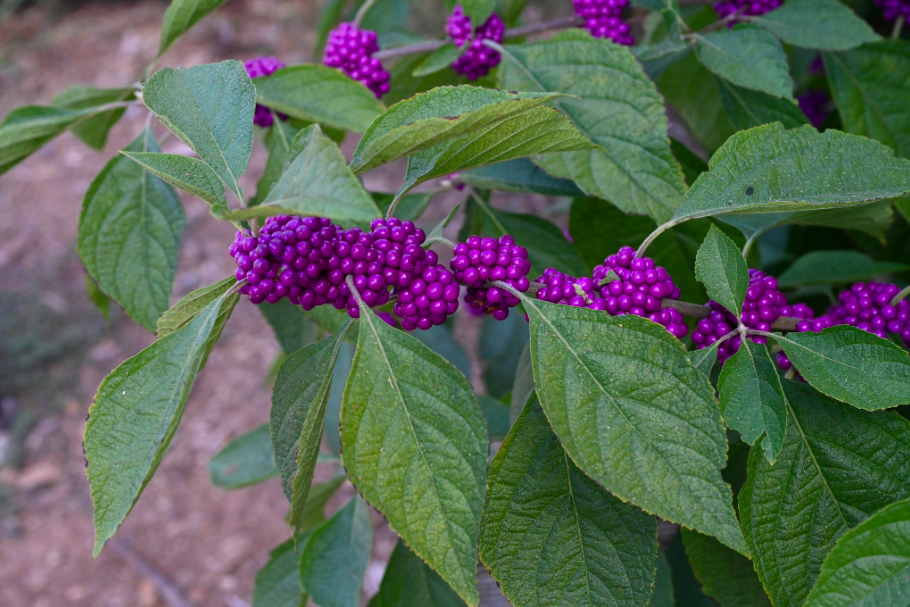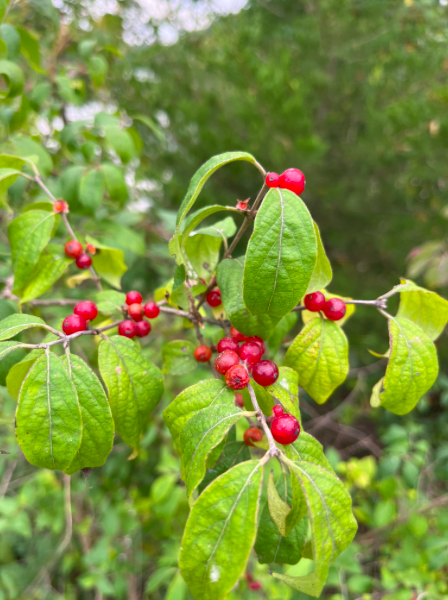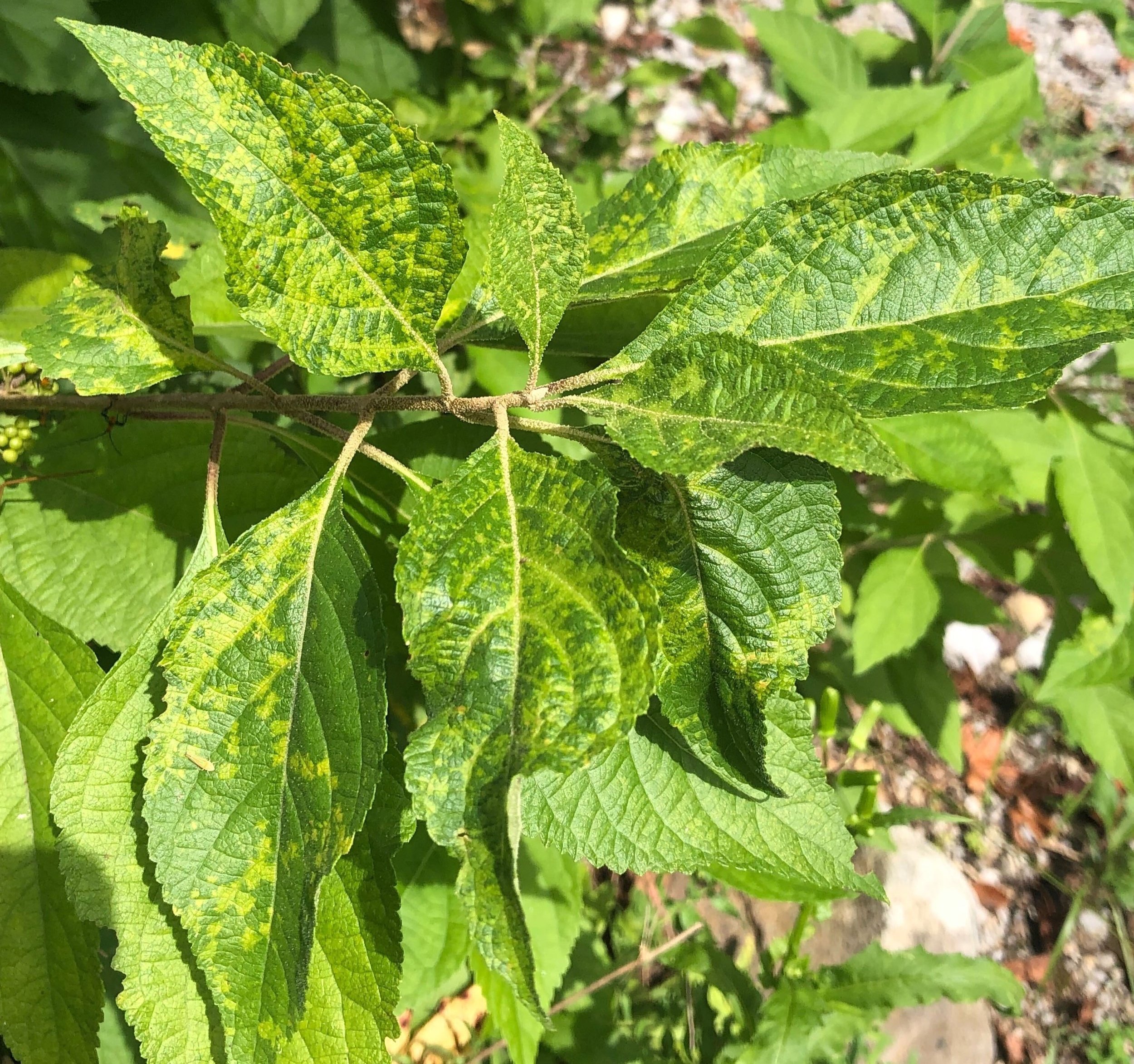A Viral Mosaic
Written by Allie English
If you’ve been on Reflection Riding’s campus over the past few weeks, you may have noticed that we have removed some of our beautyberry (Callicarpa americana) and spicebush (Lindera benzoin) in our Native Plant Nursery and around the property. That is because we have recently experienced a local outbreak of mosaic virus that affected our beautyberry and spicebush plants. The diseased plants were promptly removed from our sale floor and the greater property to prevent further infection.
The plant world experiences many types of diseases–fungal, viral, and bacterial. Viruses affect plant populations with gradual, systemic infection. Although visually stunning, mosaic viruses can negatively impact many types of plants, from crops to woody natives.
Mosaic viruses originate from many unrelated lineages of pathogens that cause similar symptoms. They are typically recognized through foliar deformities, such as leaf curling and mottling. Mottling is a striking sight that causes infected leaves to display patterns of light green or yellow surrounding the veins when chlorophyll is reduced. The symptom should not be confused with those of nutrient deficiencies, which can feature similar appearances.
Mosaic viruses may be similar to one another, but they are not all alike. The viruses can have multiple means of transmission, such as through direct contact or carrier insects. Infected seeds can also harbor the disease and become apparent after sprouting. As with any virus, these infections are incurable. Some plants are able to withstand a strain of mosaic virus without significant decline, although others may face stunted growth or deterioration.
When battling a mosaic virus, prevention is the best practice. Regular sanitation of gardening tools and containers can keep plants healthy and happy. Any infected plants should be promptly removed and burned. Do not compost, as the virus can become reintroduced into your garden. In our own efforts to prevent the spread of the mosaic virus to other plants, we are not currently offering these two species for fall at the nursery; a date for reintroduction is currently undecided, as we are taking every precaution to propagate only healthy vegetation. In the meantime, we are carefully propagating many other native species to help restore our local landscape.




